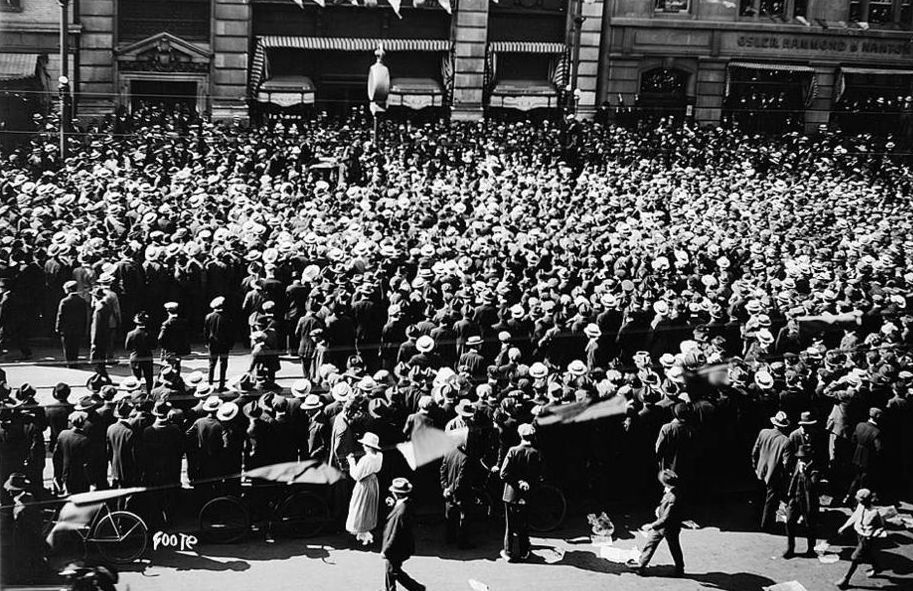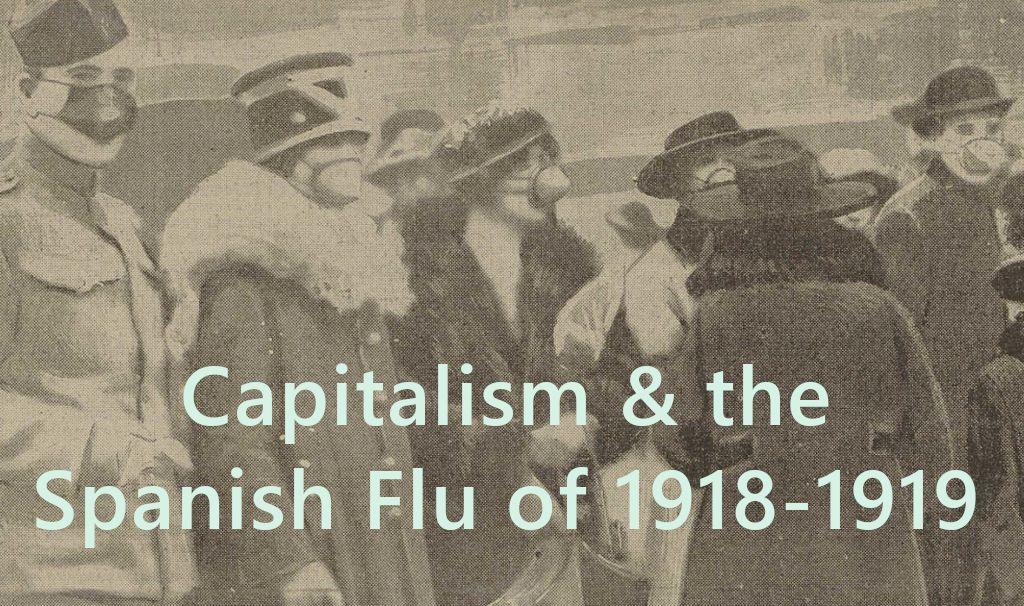
By 11am on May 15, 1919, over 30,000 defiant workers brought Winnipeg to a halt with a General Strike. Strikes began on May 1 after employers refused the moderate demands from the metal and building trades. In two weeks, support mushroomed to the majority of the working class. Women and men, union and non-union, diverse occupations, races, and ethnicities struck in unison. All production ceased, and factories and railways closed. There was no mail, streetcars, newspapers, telegrams, telephones; even the firefighters joined in.
The General Strike lasted six weeks until the capitalist class enforced deadly repression on “Bloody Saturday.” This key event starkly demonstrated state brutality to protect capitalist interests.
The catastrophic world war and economic hardship, alongside inspiration of the Russian Revolution, fired radical socialism and militant unions. Canadian companies had grown rich on wartime contracts, but the working class only experienced terrible work and living conditions. Returning soldiers faced unemployment. The working class was hungry for change.
The striking metal and building workers sought support from the Winnipeg Trades and Labour Council (WTLC). Delegates of 94 unions voted by 11,000 to less than 600 for the general strike. It began on May 15 at 7am with 500 female telephone operators walking out. News of the strike spread, with solidarity strikes in over 20 cities from coast to coast.
The WTLC formed the Central Strike Committee to organize essential services and distribute food. The committee requested the police, who had voted to strike, to stay on duty. The working class ran the city better than the bosses.
The city’s richest bankers, manufacturers, lawyers, and politicians, gathering as the Citizens’ Committee of 1000, acted to defend the ruling class. Their aim was to crush the strike, stamp out the revolt and maintain their dominance. They attacked the strikers as “Bolsheviks” and “alien scum,” and claimed the strike was a bloody foreign revolutionary conspiracy and criminal action.
The federal government, increasingly alarmed, met only the Citizens’ Committee and acted ruthlessly to stop the working-class upheaval. Federal employees were forced back to work or faced sacking. The Immigration Act was amended to allow the deportation of any immigrant. The definition of sedition was broadened to include strike organizing. This repression coincided with the arrest on June 17 of ten strike leaders, including Helen Armstrong of the Women’s Labour League, all charged with sedition. The intimidation failed; the strike continued.
On Saturday, June 21, thousands of strikers and supporters gathered in downtown Winnipeg to protest the arrests. Mayor Gray read the Riot Act, unleashing the RCMP to attack the gathering, shooting indiscriminately, killing two and injuring dozens.
The Citizens’ Committee demanded and got the regular police fired. In their place, the Council deputized 1,800 “special police.” Armed with baseball bats freely supplied by the Eaton family, wealthy owners of the department stores, they beat and terrorized the protestors. The military patrolled with machine guns mounted on their vehicles. Strike leaders ended the strike on June 26, fearful of further violence.
The Strike unified all sections of the working class. It was defeated by brutal repression and the lack of support from largely rural Canada and the craft unions in Eastern Canada.
Winnipeg continued to be a strong union and left-wing city with the Strike fuelling the rise of left political parties. Although imprisoned, many of the leaders went on to win elections to Manitoba’s and Canada’s parliaments.
Winnipeg’s General Strike demonstrated working-class power and remains an inspiration. The working class has the power to stop industry and commerce and the ability to run society better than the capitalists.
We work to win workers’ rights and a dignified quality of life for all. Taking organized united action is the core of working-class power to defeat capital and the ruling class. When that power is linked to a fighting socialist party, capable of inspiring people, the future looks bright. We have a world to win.


